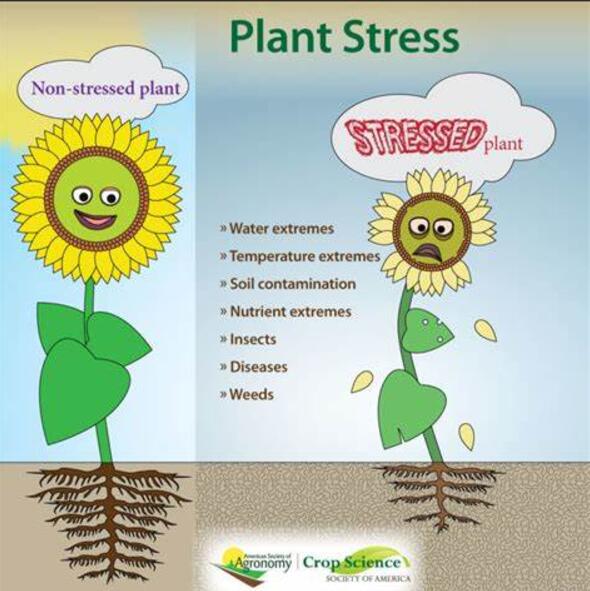Drought-stress memory confers cold hardiness in grapefruit (Citrus paradisi) through modulations in antioxidant system, osmolyte production and carbohydrate metabolism
IF 6.8
Q1 PLANT SCIENCES
引用次数: 0
Abstract
Priming is a phenomenon in which plants are initially exposed to mild stress to develop resilience to subsequent or severe stress. There is a lack of scientific knowledge regarding the drought-priming (DP) effect on the freeze tolerance mechanism in cold-sensitive grapefruit (Citrus paradisi). Therefore, the present study was conducted to gain insight into how plants perform under freezing stress (FS) when given short-term drought stress (DS) as a priming event. This study investigated the potential of DP to enhance freeze tolerance in cold-sensitive grapefruit. The plants were subjected to drought-priming at 50 % and 75 % field capacity (FC), with control (non-stress- 100 % FC) for three weeks before being subjected to freezing stress (-6 °C). DP exhibited enhanced freezing tolerance through an improved antioxidant system, osmolyte production, and carbohydrate metabolism. It also triggered the activities of antioxidant enzymes such as superoxide dismutase (SOD), peroxidase (POD), catalase (CAT), glutathione peroxidase (GPX), and ascorbate peroxidase (APX), mitigating oxidative damage caused by reactive oxygen species (ROS). The accumulation of osmolytes, including proline, glycine betaine (GB) and soluble sugars, was also induced, stabilizing cellular structures and maintaining osmotic balance. Additionally, carbohydrate metabolism shifted towards sugar biosynthesis, with reduced starch reserves providing energy for stress adaptation. It is concluded that drought-stress memory as a primer acclimated the plants to freezing stress by alleviating oxidative damage to membranes and maintained high energy production through enhanced antioxidant activities, osmolyte accumulation, and regulating carbohydrate metabolism. This study highlights the practical potential of drought-priming as a cost-effective and non-invasive strategy to improve cold hardiness in citrus and related species. By integrating drought-priming into management practices, growers can enhance the resilience of young grapefruit plants to freezing conditions, contributing to sustainable citrus production in regions prone to cold stress or unexpected freeze events in winter or late summer.
求助全文
约1分钟内获得全文
求助全文
来源期刊

Plant Stress
PLANT SCIENCES-
CiteScore
5.20
自引率
8.00%
发文量
76
审稿时长
63 days
期刊介绍:
The journal Plant Stress deals with plant (or other photoautotrophs, such as algae, cyanobacteria and lichens) responses to abiotic and biotic stress factors that can result in limited growth and productivity. Such responses can be analyzed and described at a physiological, biochemical and molecular level. Experimental approaches/technologies aiming to improve growth and productivity with a potential for downstream validation under stress conditions will also be considered. Both fundamental and applied research manuscripts are welcome, provided that clear mechanistic hypotheses are made and descriptive approaches are avoided. In addition, high-quality review articles will also be considered, provided they follow a critical approach and stimulate thought for future research avenues.
Plant Stress welcomes high-quality manuscripts related (but not limited) to interactions between plants and:
Lack of water (drought) and excess (flooding),
Salinity stress,
Elevated temperature and/or low temperature (chilling and freezing),
Hypoxia and/or anoxia,
Mineral nutrient excess and/or deficiency,
Heavy metals and/or metalloids,
Plant priming (chemical, biological, physiological, nanomaterial, biostimulant) approaches for improved stress protection,
Viral, phytoplasma, bacterial and fungal plant-pathogen interactions.
The journal welcomes basic and applied research articles, as well as review articles and short communications. All submitted manuscripts will be subject to a thorough peer-reviewing process.
 求助内容:
求助内容: 应助结果提醒方式:
应助结果提醒方式:


